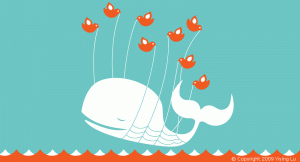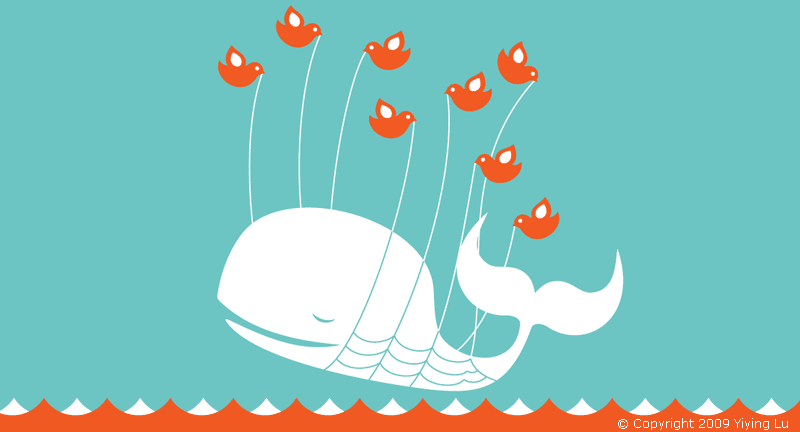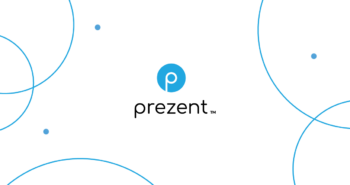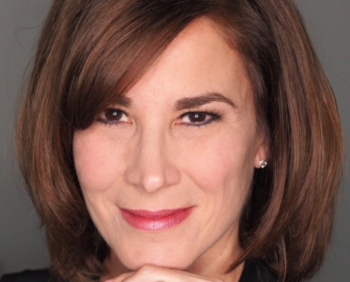I am a huge fan of Twitter, but only until something better comes along. Here are four things that they need to improve upon: Conversation, Discovery, Content Lifespan, and Dumb People.
4 Weaknesses of Twitter

1) Conversation: @mentions are a terrible means for conversation. One, the @ is clutter. Two, they are given as much weight as the tweets they are responding to, when in reality they should be treated like comments – only viewable in the right pane after a person selects the original tweet. This would clean up the main feed, and put a stronger emphasis on conversation as opposed to statements.
2) Discovery: Despite huge upgrades to their recommendation engine, the cost of discovery is still too high. For example, I started my professional Twitter account @mikevosters about a month ago to connect with entrepreneurs, marketers, VCs, and thinkers. I began adding all the people in the technology field that Twitter recommended – celebrities, publications, and other big names. Seeing this, the recommendation engine started to recommend more high-profile people when what I really need is to find other like-minded people in DFW, as well as other college students, aspiring entrepreneurs, and businesses that could use my expertise – all of which would actually interact as opposed to the former who would never follow back. Twitter’s recommendation engine can’t do this for me though.
In order to lower the discovery cost, Twitter needs to do two things:
1) Give people the option of adding more profile info – their field of work, purpose of their account (personal, professional, networking, etc) – so that people like me could segment people searches to find exactly the type of people we’re looking for.
2) Make their internal ranking algorithm public, or at least work it in to the recommendation algorithm more, so that professionals can find other professionals, and not just celebrities and other big names.
3) Content Lifespan: Twitter’s functionality rewards quantity, not quality because the average lifespan of a tweet is about an hour; therefore pushing people to tweet constantly in order to stay relevant. You could tweet the most useful information on the planet, but if its at the wrong time of day, no one will see it; but if you tweet mediocre information every hour on the hour, you are guaranteed to be seen and clicked on.
To improve this, Twitter should implement a ‘Top News’ option similar to Facebook, where an algorithm determines the relevance of the tweet to each individual user and ranks them accordingly.
4) Dumb People: Two thirds of tweets are ignored. This is partially due to the functionality I described in number three, but more so it should be attributed to the stupidity of the average tweeter.
Before Twitter became mainstream, people criticized it for being pointless. “Why would I use Twitter? I don’t need to tell people what I’m eating for breakfast.” Now, those people have joined and are ruining it for everyone by cluttering feeds with pointless information.
It’s not their fault though. They’re not dumb, they’re just Twitter dumb. They have yet to grasp that Twitter is about diffusing information to those that want to consume it; which means tailoring/limiting their messaging strictly to things that their audience cares about. (Although from a macro-perspective, emotional rants and random thoughts do bring insight to the overall mood of the Twitterverse.)
To improve this, Twitter should produce and promote a series of fun videos that showcase productive and cool ways to utilize Twitter, and how to improve the quality of their tweets. In doing so, they would increase aggregate interaction on the site, which is currently concentrated amongst marketers, tech enthusiasts, and influencers.
Conclusion
Despite your flaws, I love you Twitter, although I do wish you’d fix them.







